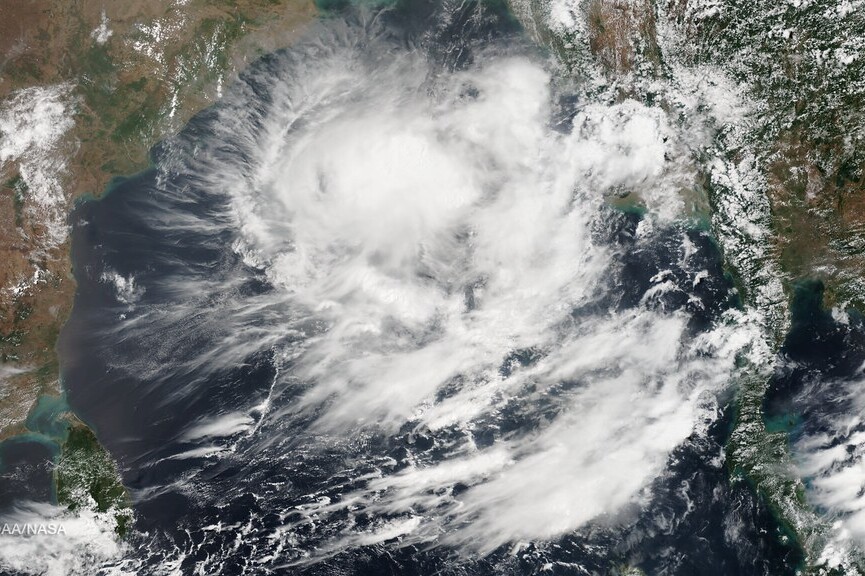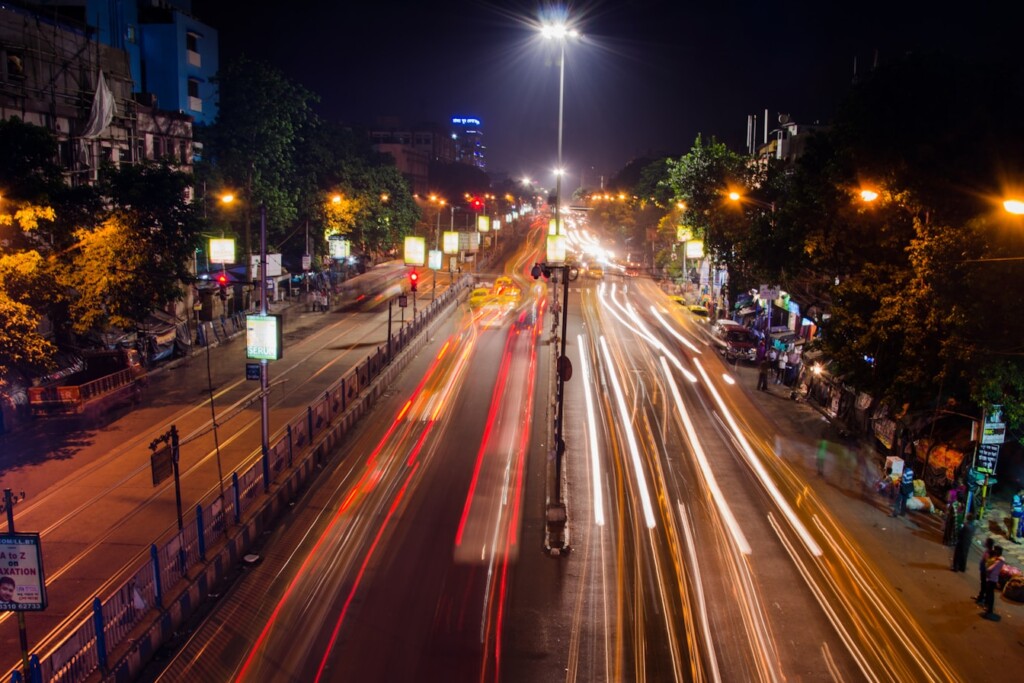Cyclone Remal is making headlines as the India Meteorological Department (IMD) has issued a severe warning regarding its impending impact. This cyclone is projected to affect the northeastern region of India and coastal Bangladesh, with West Bengal being the first to face its wrath. The IMD’s timely alert aims to prepare residents and authorities for the extreme weather conditions expected to hit on May 26.
What is Cyclone Remal?
Cyclone Remal is a tropical cyclone characterized by strong winds, heavy rainfall, and potential storm surges. Such cyclones are common in the Bay of Bengal, especially during the pre-monsoon and post-monsoon seasons. Historically, the region has experienced several devastating cyclones, each leaving a trail of destruction. Cyclone Remal, with its projected path, is reminiscent of past cyclones that have caused significant damage to infrastructure and livelihoods.
IMD’s Severe Warning
On Saturday, the IMD issued a severe warning for Cyclone Remal, highlighting the urgency of the situation. The warning emphasized the cyclone’s potential to bring extremely heavy rainfall and strong winds, particularly affecting West Bengal and coastal Bangladesh. Issuing the warning well in advance allows for adequate preparation and mitigation measures to be put in place.
Expected Impact on West Bengal
Regions to be Affected
West Bengal, especially its coastal regions, is bracing for the cyclone. Key areas expected to be hit include Kolkata, the Sundarbans, and other coastal districts.
Predicted Weather Conditions
Residents can expect torrential rains, with rainfall exceeding 20 cm in some areas. Winds are likely to reach speeds of up to 100 km/h, posing risks of uprooted trees, damaged power lines, and structural damage.
Preparedness Measures
Local authorities are urging residents to secure their homes, stock up on essentials, and stay indoors during the peak of the storm. Evacuation plans are in place for those in the most vulnerable areas.
Impact on Coastal Bangladesh
Areas at Risk
Coastal districts of Bangladesh, such as Khulna, Barisal, and Chittagong, are in the cyclone’s path. These areas are likely to face similar conditions to those in West Bengal.
Anticipated Effects on Weather and Infrastructure
Heavy rainfall and strong winds are expected to cause flooding, especially in low-lying areas. Infrastructure, including roads and buildings, could suffer significant damage.
Effects on Tripura
Specific Regions Expected to be Impacted
Tripura, although inland, will still feel the effects of Cyclone Remal, particularly in its southern and western districts.
Preparations Underway
State authorities are coordinating with national agencies to ensure timely dissemination of information and resources. Residents are advised to stay updated on the latest weather reports and take necessary precautions.
Impact on Other Northeastern States
Overview of Affected Areas
Other northeastern states like Assam and Meghalaya may experience heavy rains and gusty winds as the cyclone moves inland.
Response Measures
Local governments are setting up emergency response teams and ensuring that shelters are ready to accommodate those displaced by the cyclone.
Timeline of Cyclone Remal
Key Dates and Phases
- May 24-25: Cyclone Remal forms and strengthens in the Bay of Bengal.
- May 26: Expected landfall in West Bengal.
- May 26-28: Impact period with heavy rains and strong winds in the affected regions.
Duration of Impact
The most severe impacts are expected to last until May 28, but residual effects like flooding and infrastructure damage could persist longer.
Preparedness Tips for Residents
Safety Measures
- Secure all loose items around your home.
- Reinforce windows and doors.
- Stay indoors and avoid going outside during the storm.
Emergency Supplies Checklist
- Non-perishable food items
- Drinking water
- Flashlights and extra batteries
- First-aid kit
- Essential medications
Evacuation Plans
- Know your nearest shelter location.
- Have a go-bag ready with essential items.
- Follow local authorities’ instructions promptly.
Role of Local Authorities
Actions Taken by State Governments
State governments in West Bengal, Tripura, and other northeastern states are actively coordinating disaster response efforts. This includes setting up control rooms, mobilizing rescue teams, and ensuring the availability of emergency supplies.
Coordination with National Agencies
The National Disaster Response Force (NDRF) is on high alert, ready to assist with rescue and relief operations. Coordination between state and national agencies is crucial for effective disaster management.
Historical Cyclones in the Region
Past Cyclones and Their Impacts
The Bay of Bengal has seen numerous cyclones, such as Cyclone Amphan in 2020, which caused widespread devastation. These historical events underscore the need for robust preparedness and timely warnings.
Lessons Learned
Past experiences highlight the importance of early warning systems, community preparedness, and resilient infrastructure to mitigate the impact of cyclones.
Climate Change and Cyclone Frequency
The Link Between Climate Change and Increased Cyclones
Climate change has been linked to the increased frequency and intensity of cyclones. Warmer ocean temperatures provide more energy for storm formation and intensification.
Future Predictions
Scientists predict that the Bay of Bengal may see more intense cyclones in the future, necessitating improved preparedness and adaptive measures.
Community Response and Solidarity
How Communities Are Preparing
Communities in the cyclone’s path are actively preparing by reinforcing homes, stockpiling supplies, and staying informed about the latest updates.
Stories of Resilience
Stories of communities coming together to support each other during past cyclones highlight the resilience and solidarity that are crucial in times of crisis.
Economic Impact of Cyclone Remal
Potential Damage to Infrastructure
Cyclone Remal is likely to cause significant damage to infrastructure, including roads, bridges, and buildings, leading to substantial repair costs.
Impact on Local Economies
Agriculture, fisheries, and local businesses may suffer due to the cyclone, impacting livelihoods and economic stability in the affected regions.
Conclusion
Cyclone Remal presents a serious threat to West Bengal, coastal Bangladesh, and parts of northeastern India. The IMD’s severe warning underscores the need for vigilance and preparedness. By understanding the cyclone’s potential impact and taking appropriate measures, residents and authorities can mitigate the damage and ensure safety. As the cyclone approaches, staying informed and prepared is the key to weathering the storm.
FAQs
What is the current status of Cyclone Remal?
Cyclone Remal is expected to make landfall in West Bengal on May 26, bringing heavy rainfall and strong winds.
How can residents stay informed about the cyclone?
Residents can stay informed through IMD updates, local news, and official advisories from state authorities.
What are the signs that a cyclone is approaching?
Signs include increasing wind speeds, darkening skies, heavy rain, and dropping barometric pressure.
How does IMD predict cyclones?
The IMD uses satellite imagery, weather radars, and computer models to predict cyclone formation, track, and intensity.
What should I do if a cyclone is approaching?
Follow local authorities’ instructions, secure your home, have emergency supplies ready, and evacuate if advised.









